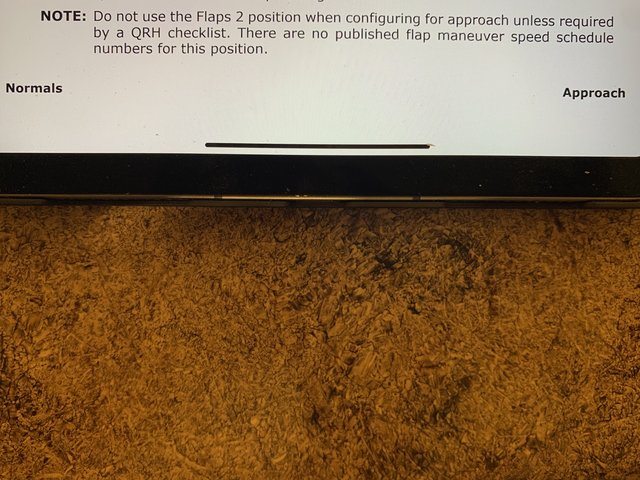Roger Roger
Bottom of the list
Heh this makes me think of a bit in the old airnet “Right Now” video..While it is allowed, I have had some buddies that have had captains tell them they couldn't use flaps 2, 10, and 25 because those captains claim those flap settings aren't in any of our profiles.
Someones
Not
Flying
The
PROFILE
@Stone Cold @mikecweb

